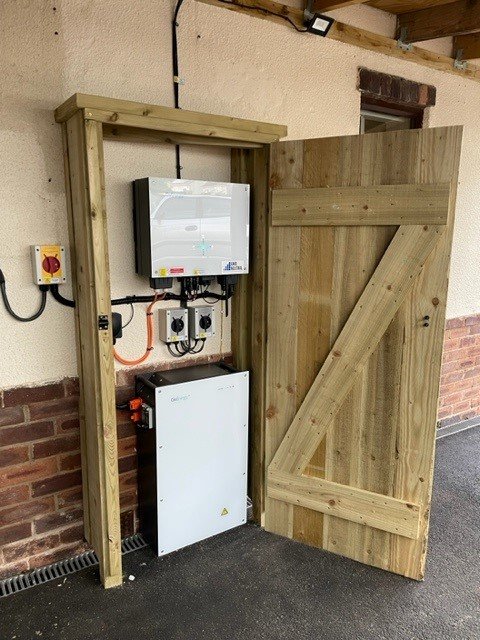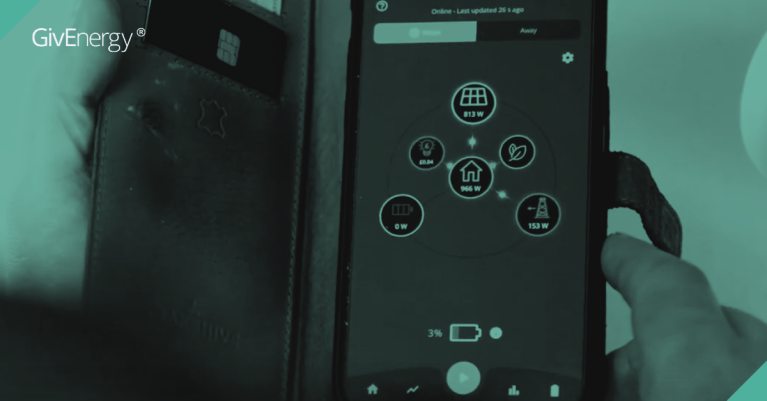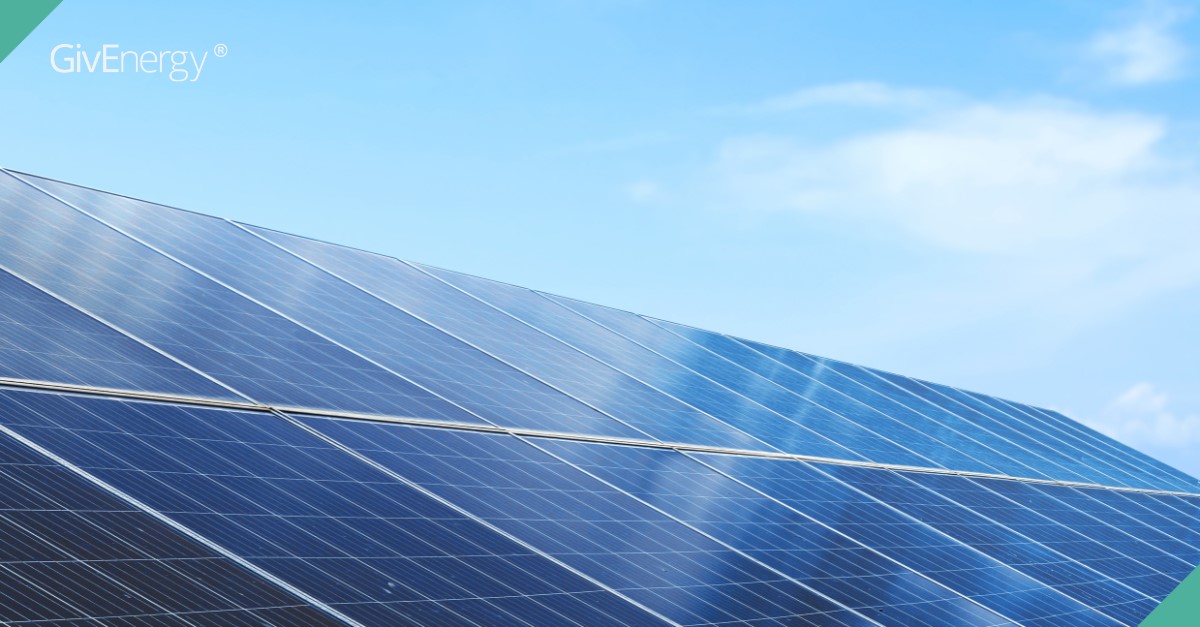Solar myths: you’ve probably heard a few of them.
“Solar panels are too costly”… “They don’t work in cloudy weather”… etc.
While you should ask legitimate questions before installing home solar PV panels, it’s also worth separating fact from fiction.
Here are three common solar myths debunked.
Disclaimer: for the purpose of brevity, we’re talking about solar PV panels i.e. for generating electricity, as opposed to solar thermal panels for heating water.
1. Solar panels only work when it’s sunny
Solar panels work best in direct sunlight.
However, that doesn’t mean it has to be sunny for solar panels to generate electricity.
Even on overcast days, solar panels can absorb energy from the light spectrum visible to us and wavelengths that can pass through the clouds.
According to a study by International Journal of Engineering Science and Computing, light cloud cover can reduce solar panel output by around 24% compared with a sunny day. Under heavy cloud, that number goes up to 67%.
In light rain, output similarly goes down by around 24%. Meanwhile, heavy rain can reduce output by 80-90%, according to Energy Nordic.
In short, on cloudy and rainy days, solar panels generate less electricity, but that doesn’t mean they’re obsolete on those days.
Solar panels are still worth installing, even in places with below average sunshine.
Positioning your solar panels to get the most out of them


How your solar PV panels are installed can affect how they perform.
Here are a few things to consider to tip the solar scales in your favour, even on cloudy and rainy days.
Orientation
In the northern hemisphere, panels facing south will perform better.
Meanwhile, in the southern hemisphere, panels will be more efficient facing north.
Angle
The angle at which your panels are tilted will also affect efficiency.
The ideal angle depends on where your panels are located. For instance, in the UK, between 20-50 degrees is best.
Shading
Avoid installations in shaded areas, to the greatest extent possible.
2. Solar panels have hour-to-hour variability
One of the most common solar myths out there.
Levels of solar generation, like those of some other renewables, vary throughout the day.
During daylight hours, solar PV panels generate electricity to varying degrees, depending on factors like cloud cover, rain, etc.
When it’s dark, you get nothing.
So, solar panel ability to generate electricity does in fact vary from hour to hour.
However, you can easily rectify this with…
Battery storage
A home battery connected to your solar PV panels means you can:
- Charge your battery when your panels are generating solar energy
- Discharge as and when you require electricity


In short, a home battery allows you to load shift solar energy from times of low demand to times of high demand.
If you’re wondering what size battery is suitable for your solar PV system, click here for a comprehensive guide.
Here’s one rule you can follow.
Make a rough calculation of your peak solar capacity and choose a battery system large enough to store said amount.
3. Solar panels are too expensive
The upfront cost of solar PV panels can be high.
The Eco Experts estimates the average cost for a home in the UK to be around £9,180.
This includes the cost of the panels themselves, and the installation.
It’s worth noting that this figure varies depending on a few factors.
Panel size, the type of panels, and the number of panels will all affect the total upfront cost.
However, what you should also consider when looking at upfront cost is what you’ll get back in savings on bills and earnings from exporting to the grid.
Home battery and solar payback period
Let’s say your solar PV system costs you £11,000 upfront, including a complementary storage battery.
That means the time over which you save that £11,000 is your payback period.
If you save £11,000 over five years, your payback period is five years.
If you save that much over seven years, your payback period is seven years.
You get the picture.
Calculating your payback period is not always straightforward and depends on your specific circumstances. Among other things, you should consider:
- The money you will save on energy bills
- The amount of solar you expect to export back to the grid (such as through the government’s Smart Export Guarantee)
- The capacity of your system (including solar generation and battery storage capacity)
Always do your research before making any purchases.

Remember that the upfront cost is just that: the cost you pay upfront. If done right, a solar and storage system will pay for itself over time.
Join the solar and battery storage revolution
If you’re thinking about installing solar PV panels for your property, make sure to also install a battery storage system.
Start your journey by finding an approved GivEnergy installer near you today.








